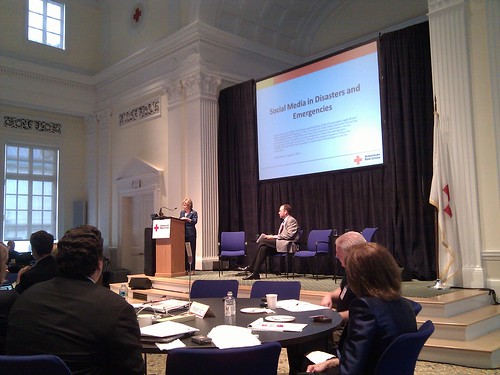Archive for the ‘Data and Information Analysis’ Category
Mobile Shopping is Going Viral this Holiday Season!
Tuesday, December 13th, 2011With only 11 shopping days left until Christmas, shoppers need all the help they can get this holiday season while trying to find the best deal on the perfect gift for their loved one. This year more shoppers than ever before are using their smartphones to find the best deals while they are in stores around the country and even at home and work.
Pricegrabber just released these survey results last week of 3,574 online consumers in the United States. According to these results, 39% of all respondents have a shopping-related application on their smartphone. Out of the respondents with a shopping application on their phone, 56% indicated that they have these applications on their phone because they believe they get the best prices using mobile shopping applications.
These numbers show a staggering increase from just 1 year ago when I wrote this KikScore blog post that talked about a Wall Street Journal article that indicated that only 5.6% of consumers used a mobile phone to price compare while on the go. The WSJ article referenced in the aforementioned blog post also says that only .1% of consumers used a mobile phone in this way in 2009. As you can see from these numbers consumers are continuing to increase their use of smartphone mobile shopping applications at an exponential rate!
So, what are merchants across the Unites States doing in response to these legions of mobile smartphone shoppers? Unfortunately, the answer is still “not very much” at this time. Again, like I mentioned in my blog post last year, I still cannot walk into a Best Buy, use my smartphone to find a better price on an item online and get the store to match this price. Many bricks and mortar stores are still having a problem reacting to this new wave of technological advancement in the pocket of the U.S. consumer.
According to this article in the Chicago Tribune, some retailers like Macy’s and J.C. Penney are starting to react to these mobile shoppers by streamlining their mobile websites, creating custom shopping applications, and increasing the speed and efficiency of their sites. In my mind, however, this is just the very basic levels of catering to the mobile shopping consumer and great strides will need to be made in the coming years in order for this new bread of consumer to be on the same page with these large retailers in the U.S.
Have you had a positive or negative experience while using a smartphone with a mobile shopping application at a retailer?








